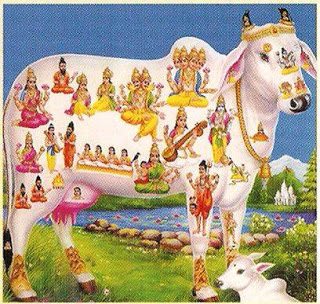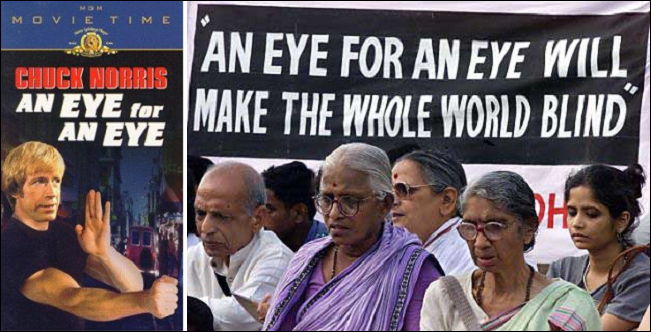NSFW RIP — obituary for a friend, Heathcote Williams
Monday, July 3rd, 2017[ by Charles Cameron — Sunday sadness — for Julian West and Gabi Nasemann, each of whom loved Heathcote no doubt better than I ]
.
NSFW might well have been John Henley Heathcote Williams’ initials. There were few boundaries he did not push, he taught himself fire-breathing and burned himself breathing fire to impress his then girlfriend, the model Jean (or was it Chrissie?) Shrimpton, and breathed fiery words all the livelong day. Here’s his final tweet, containing a poem you may want to watch:
The Statue of Liberty's Burka. https://t.co/kCsHXBsKis
— heathcote williams (@hcwms) June 28, 2017
**
I’ve posted this before, but do so again today because I’m old enough find it very funny, and because it piercingly reminds me of my friend:
Oh, and the beauties of his days loved his ugly mug — this I posted before, too:
**
As someone observed, Heathcote was a Ranter in the fine old tradition:
Coppe went up and down London streets ‘with his hat cockt, his teeth gnashing, his eyes fixed, charging the great ones to obey his Majesty within him.’ Clarkson as ‘Captain of the Rant’ entertained women to his lodging house but made canny financial provision simultaneously for his wife. This was the ugly face of Protestantism. It was what countless opponents of the Reformation had inveighed against since Munster: antinomianism was the logical, if perverted, conclusion of dissent. Anabaptists attracted the opprobrium in sixteenth-century Europe; Quakers inherited this legacy in later seventeenth-century England. But it was the Ranters who were the enemy of orthodoxy in England in 1650.
Myself, while I have Ranter sympathies, am also a Royalist and Cavalier.. Heathcote, no way: he’s an unabashed anti-monarchist through and through.
**
An Old Etonian and overlap-contemporary of mine at Christ Church, Oxford, Heathcote took language to the street:
Believing the world to be a common treasure house to all
I spray-painted this slogan almost everywhere,
‘USE YOUR BIRTH CERTIFICATE AS A CREDIT CARD’,
Suggesting to be born entitles you to a share.I’d then keep an eye on the graffiti’s lifespan
And would often find myself amazed
By its lasting for years in the poorer districts
But if they were gentrified, it’d be erased.
And he meant it!
**
Heathcote, I’ve owed you a review of your book on Badshah Khan. I have been too fatigued to write it, but take it as a mark of your singular intelligence that you know, revere and celebrate the man!
Badshah Khan: Islamic Peace Warrior by Heathcote Williams
Thin Man Press is delighted to be publishing this timely and important ‘poetic investigation’ by Heathcote Williams (‘Whale nation’, ‘Falling for A Dolphin’, ‘Autogeddon’, ‘Royal Babylon’…).
With the news full of Islamic extremism, terrorism and the steady rise of the ‘Islamic State’, Heathcote Williams brings us a different story – the amazing life of Afghan Pashtun leader, Badshah Abdel Gaffar Khan, a devout Moslem, revered spiritual guide and champion of world peace who was a close friend and companion of Gandhi. Gaffar Khan spent much of his life as a political prisoner, and was tortured by the British; but he remained committed to his ‘jihad’ of peace, kindness and gentleness, which Williams relays with clarity and passion.
**
But onwards, to death.
Speaking of Van Gogh, in There has to be an afterlife, Heathcote wrote:
He believed that the heavens were our future destination
And he declared, “we take death to reach a star.”
Now that there’s stardust in every single cell of our body
More mystery is added to knowing who we are.But in bereavement it’s a very great comfort
To those who are feeling dispossessed
To consider that those they’ve known who’ve died
Have simply changed their cosmic address.
Heathcote, are you going soft?
Or is the new address you address yourself to — and have now achieved — “among the stars, dissipated“?
I’ll miss you, until I’m dissipated, too.










